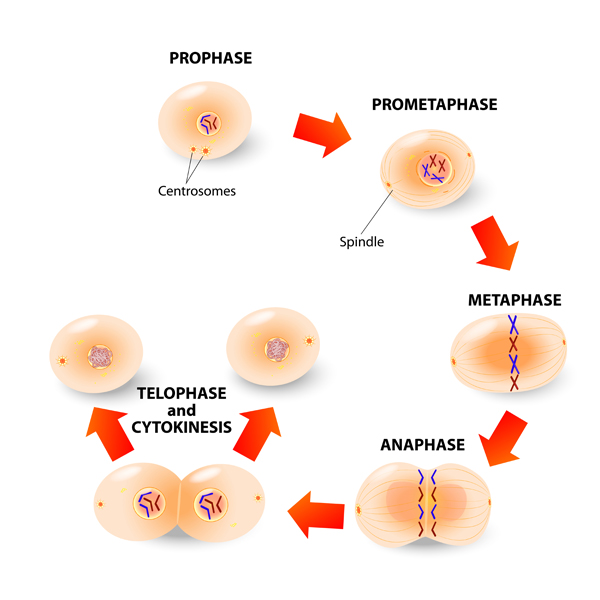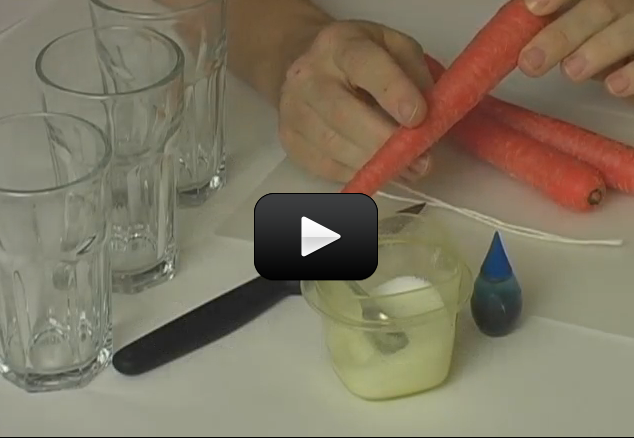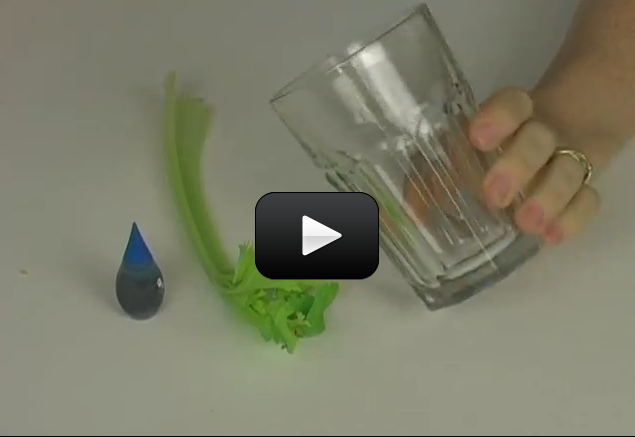The carrot itself is a type of root—it is responsible for conducting water from the soil to the plant. The carrot is made of cells. Cells are mostly water, but they are filled with other substances too (organelles, the nucleus, etc).
We’re going to do two experiments on a carrot: first we’re going to figure out how to move water into the cells of a carrot. Second, we’ll look at how to move water within the carrot and trace it. Last, we’ll learn how to get water to move out of the carrot. And all this has to do with cells!
[am4show have=’p8;p9;p26;p53;p86;p87;’ guest_error=’Guest error message’ user_error=’User error message’ ]
Osmosis is how water moves through a membrane. A carrot is made up of cells surrounded by cell membranes. The cell membrane’s job is to keep the cell parts protected. Water can pass through the membrane, but most things can’t.
And water always moves through cell membranes towards higher chemical concentrations. For example, a carrot sitting in salt water causes the water to move into the salty water. The water moves because it’s trying to equalize the amount of water on both the inside and outside of the membrane. The act of salt will draw water out of the carrot, and as more cells lose water, the carrot becomes soft and flexible instead of crunchy and stiff.
You can reverse this process by sticking the carrot into fresh water. The water in the cup can diffuse through the membrane and into the carrot’s cells. If you tie a string around the carrot, you’ll be able to see the effect more clearly! Here’s what you do:
Download Student Worksheet & Exercises
Experiment #1: Water moving INTO the carrot via osmosis and UP the carrot.
In this experiment we will see the absorption of water by a carrot. Make note of differences between the carrot before the experiment, and the carrot afterward.
Materials
- 2 carrots
- Sharp knife (be careful!)
- Cutting board
- Glass
- Water
- Food coloring
Procedure :
Step 1: Cut the tip off of a carrot (with adult supervision).
Step 2: Place the carrot in a glass half full of water
Step 3: Place the carrot somewhere where it can get some sunshine.
Step 4: Observe the carrot over several days.
What’s going on?
When surrounded by pure water, the concentration of water outside the carrot cells is greater than the concentration inside. Osmosis makes water move from greater concentrations to lesser concentrations. This is why the carrot grows in size—it fills with water!
Procedure:
Step 1: Re-do the four steps above in a new cup, and this time put several (10-12) drops of food coloring into the water.
Step 2: With the help of an adult, cut the carrot in half length-wise.
What’s going on?
Carrots are roots. They conduct water from the soil to the plant. If we were to repeat this experiment several times—first cutting the carrot at half a day, then one day, then one day and a half, etc—we would see the movement of the water up the root.
Experiment #2: Water moving OUT of the carrot via osmosis
In this experiment we answer the question “what if the concentration of water is greater inside the carrot?”
Materials
- Large carrot
- 3 tablespoons of salt
- Two glasses
- String
- water
Procedure
Step 1: Snap the carrot in half and tie a piece of string around each piece of carrot (make sure they’re tied tightly).
Step 2: Place each half in a glass half full of warm water.
Step 3: In one of the glasses, dissolve the salt.
Step 4: Leave overnight.
Step 5: The next morning pull on the strings. What do you observe?
What’s going on?
The salt-water carrot shrunk while the non-salt-water carrot bloated!
This is because of osmosis. Carrots are made up of cells. Cells are full of water. When the concentration of water outside the cell is greater than the concentration of water inside the cell, the water flows into the cell. This is why the non-salt-water carrot bloated—the concentration was greater outside the cell than inside. The concentration of water was greater inside the salt-water carrot than outside (because there was so much salt!) so the water flowed out of the cell. This made the salt-water carrot shrink.
Questions to Ask:
- What happens if you try different vegetables besides carrots?
- How do you think this relates to people? Do we really need to drink 8 glasses of water a day?
- What happens (on the osmosis scale) if humans don’t drink water?
- Use your compound microscope to look at a sample and draw the cells (both before and after taking a bath in the solution) in your science journal.
- What did you expect to happen to the string? What really happened to the string?
- Which solution made the carrot rubbery? Why?
- Did you notice a change in the cell size, shape, or other feature when soaked in salt water? (Check your journal!)
- Why did we bother tying a string? Would a rubber band have worked?
- What would happen to a surfer who spent all day in the ocean without drinking water?
- What do you expect to happen to human blood cells if they were placed in a beaker of salt water?
[/am4show]

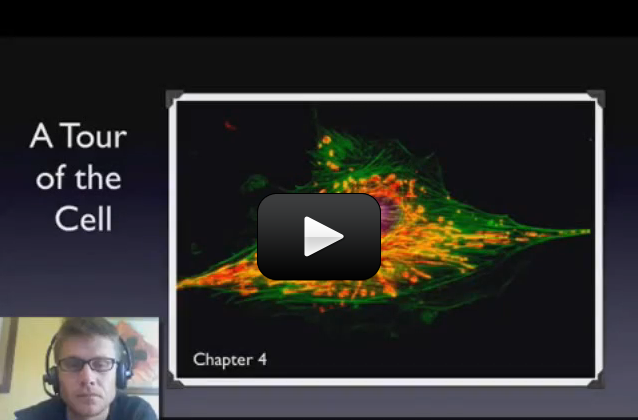


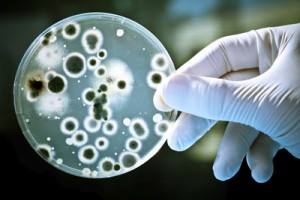
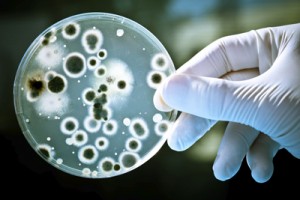 Some organisms, like bacteria, consist of only one cell. Other organisms, like humans, consist of trillions of specialized cells working together. Even if organisms look very different from each other, if you look close enough you’ll see that their cells have much in common.
Some organisms, like bacteria, consist of only one cell. Other organisms, like humans, consist of trillions of specialized cells working together. Even if organisms look very different from each other, if you look close enough you’ll see that their cells have much in common.
 When plants are watered, the water travels up the roots of the plant, and to all of the plant’s parts. So, with sunlight and time, the colored water eventually made to the plant’s flowers, creating the color change you observed.
When plants are watered, the water travels up the roots of the plant, and to all of the plant’s parts. So, with sunlight and time, the colored water eventually made to the plant’s flowers, creating the color change you observed.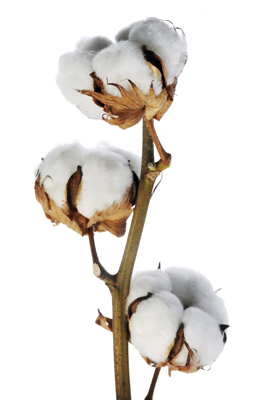
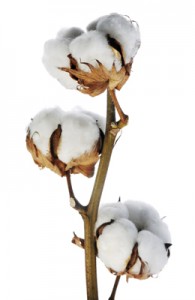
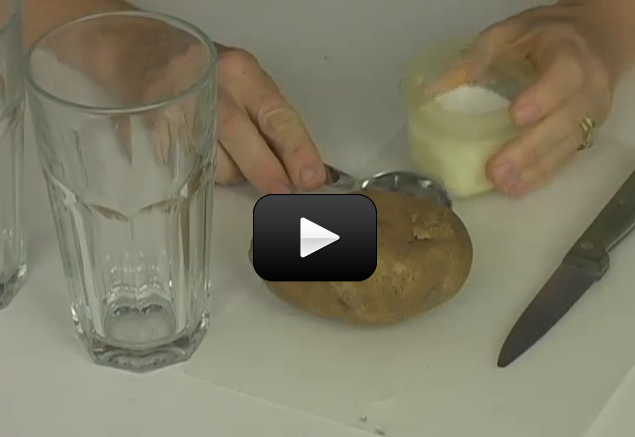
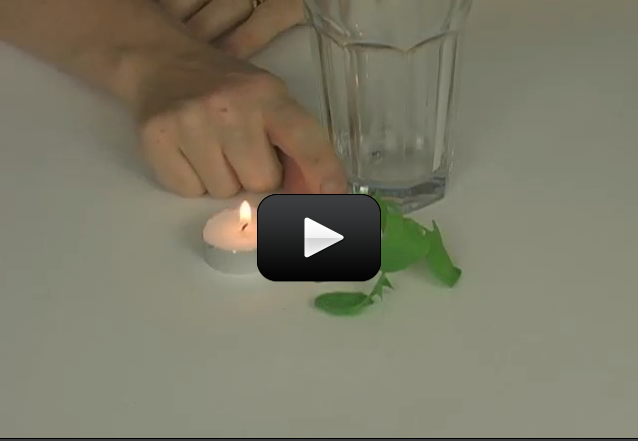
 Photosynthesis is a process where light energy is changed into chemical energy. As we said in the last section, this process happens in the chloroplast of plant cells. Photosynthesis is one of the most important things that happen in cells.
Photosynthesis is a process where light energy is changed into chemical energy. As we said in the last section, this process happens in the chloroplast of plant cells. Photosynthesis is one of the most important things that happen in cells.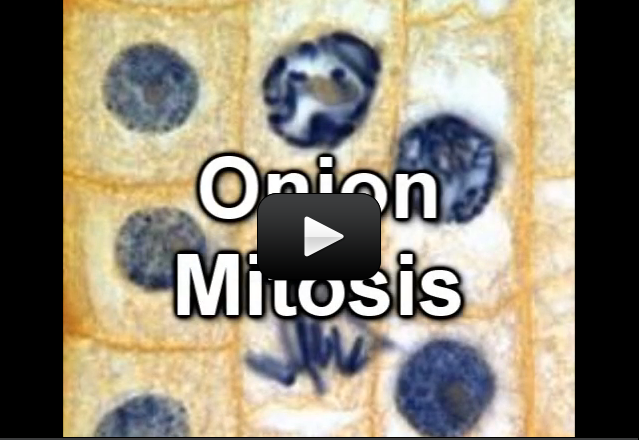
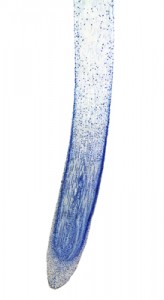
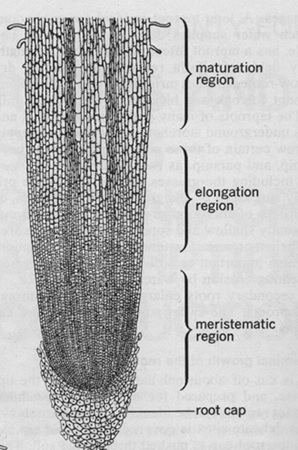
 Next, prepare an onion sample. Take it from the root tip called the meristematic zone (use the picture on the right), just above the root cap at the very end of the tip.
Next, prepare an onion sample. Take it from the root tip called the meristematic zone (use the picture on the right), just above the root cap at the very end of the tip.